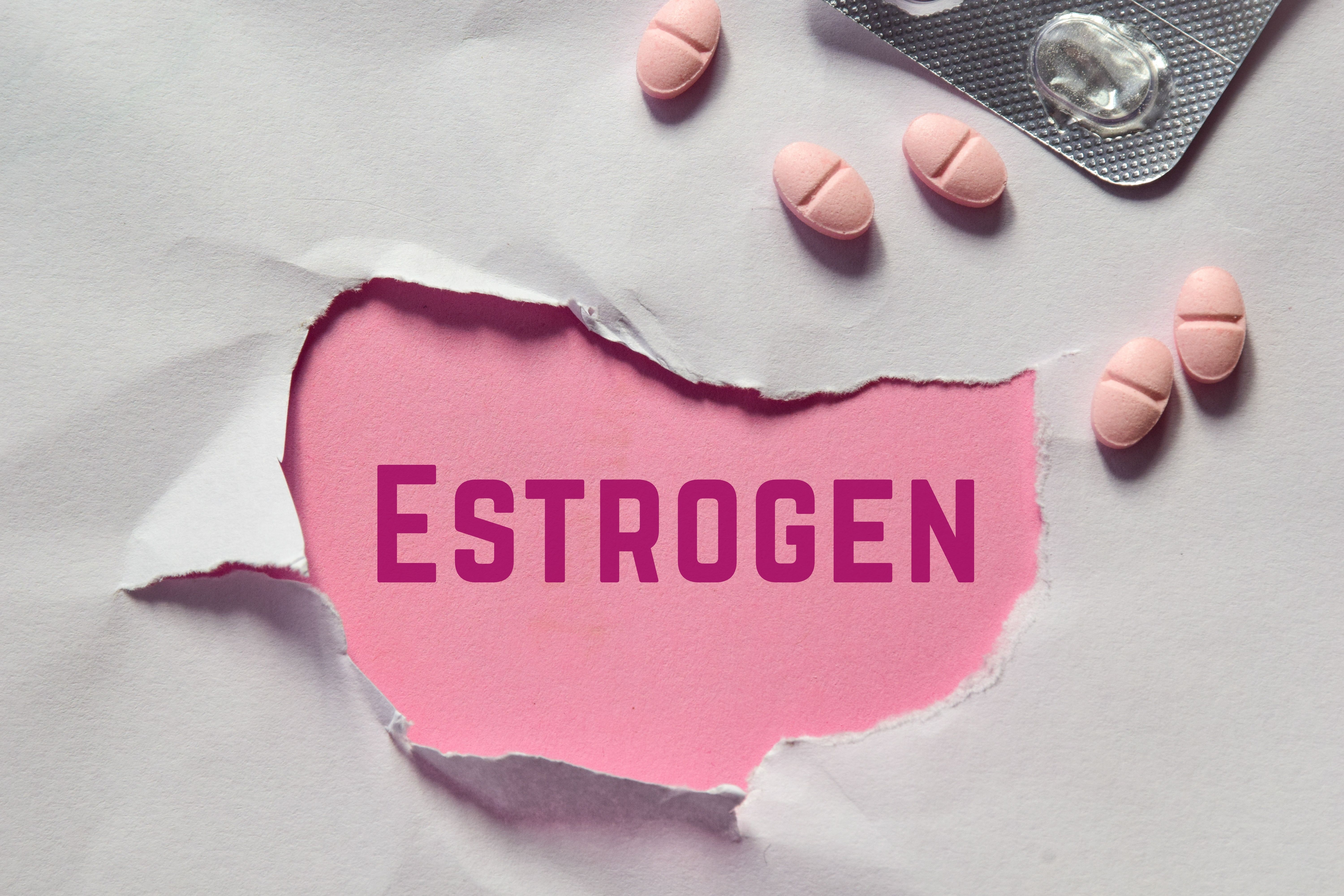Article
5 Priorities During National Women's Health Week
Author(s):
Every year, the week beginning with Mother’s Day is designated as National Women’s Health Week, meant to shine a spotlight on the unique health challenges affecting women in America.
Every year, the week beginning with Mother’s Day is designated as National Women’s Health Week, meant to shine a spotlight on the unique health challenges affecting women in America. Here are 5 of the timeliest women’s health issues that need to be addressed during the 18th annual Women’s Health Week and beyond.
1. Maintaining physical and emotional well-being
The Office on Women’s Health, part of HHS, has created a website to raise awareness of National Women’s Health Week, including components like a “health style” quiz, social media promotion tools, and suggested steps for better health. It recommends a yearly well-woman visit for each age group and urges women to eat healthy, get active, pay attention to their mental health, and avoid risky behaviors like smoking, riding a bicycle without a helmet, and texting while driving.
According to the website, the goal of Women’s Health Week is to “empower women to make their health a priority,” as it “serves as a time to encourage women to take steps to improve their health.”
2. High maternal mortality rates
World Health Organization data indicate that the maternal mortality rate in the United States has increased from 12 maternal deaths per 100,000 births in 1990 to 28 per 100,000 in 2013, which is higher than in most other high-income countries. It cites 3 contributing factors: inconsistent obstetric practices, increasing rates of pre-pregnancy chronic diseases, and a lack of data and analysis on maternal health outcomes.
Recently, ProPublica published an in-depth article about the high maternal mortality rate in America, focusing on the story of a neonatal nurse in New Jersey who died in childbirth from untreated preeclampsia. It notes that the Preventing Maternal Deaths Act of 2017, if passed by Congress, would provide funding for states to develop panels that carefully scrutinize every case of maternal mortality.
3. Hepatitis C virus (HCV) in women of childbearing age
While HCV can affect both men and women, a pair of recently published reports identify HCV as a significant threat in women of reproductive age. A study in Annals of Internal Medicine found that the number of reproductive-aged women with acute HCV doubled, from 15,550 in 2006 to 31,039 in 2014. From 2011 to 2014, an average of about 29,000 women infected with HCV were estimated to have given birth to 1700 HCV-infected babies each year.
An item in CDC’s Morbidity and Mortality Weekly Report found that in states that report maternal HCV infection on birth certificates, the prevalence of births to mothers infected with HCV increased 89%: from 1.8 per 1000 live births in 2009 to 3.4 per 1000 in 2014. It recommended that all women of childbearing age should be screened for infection if they live in areas with high HCV rates.
4. Conflicting preventive care recommendations
An abundance of recommendations developed by various specialty groups or federal task forces can make it difficult for women and physicians to decide when and how to screen for diseases. A study in JAMA Internal Medicine found that clinicians’ adherence to breast cancer screening guidelines varies based on their specialty and trusted source of recommendations. An accompanying editorial argued that too many physicians advise mammograms for “women who are more likely to experience harms than benefits from the examination.”
A study recently published in the American Journal of Obstetrics & Gynecology indicated that women’s desire to undergo a pelvic exam decreased if they were provided literature from the American College of Physicians, which recommends against such exams in healthy women, saying the high risk of false positives and unnecessary treatment outweighs any benefit.
5. Significant burden of caregiving for elders
JAMA Neurology recently published a Viewpoint showing that the burden of caregiving for elderly family members with dementia disproportionately falls on women, as two-thirds of caregivers are women and twice as many women as men spend part-time to full-time hours on caregiving. “The combined stresses of caring for family members with dementia and the lack of time to attend to personal needs can erode caregivers’ health,” the Viewpoint said.
It called for employers to follow the model of Deloitte LLP, which offers all men and women 16 weeks of paid leave to care for a family member, including an elderly relative. It also urged clinicians to start discussions with family members about the burdens of caregiving after diagnosing a patient with dementia.





